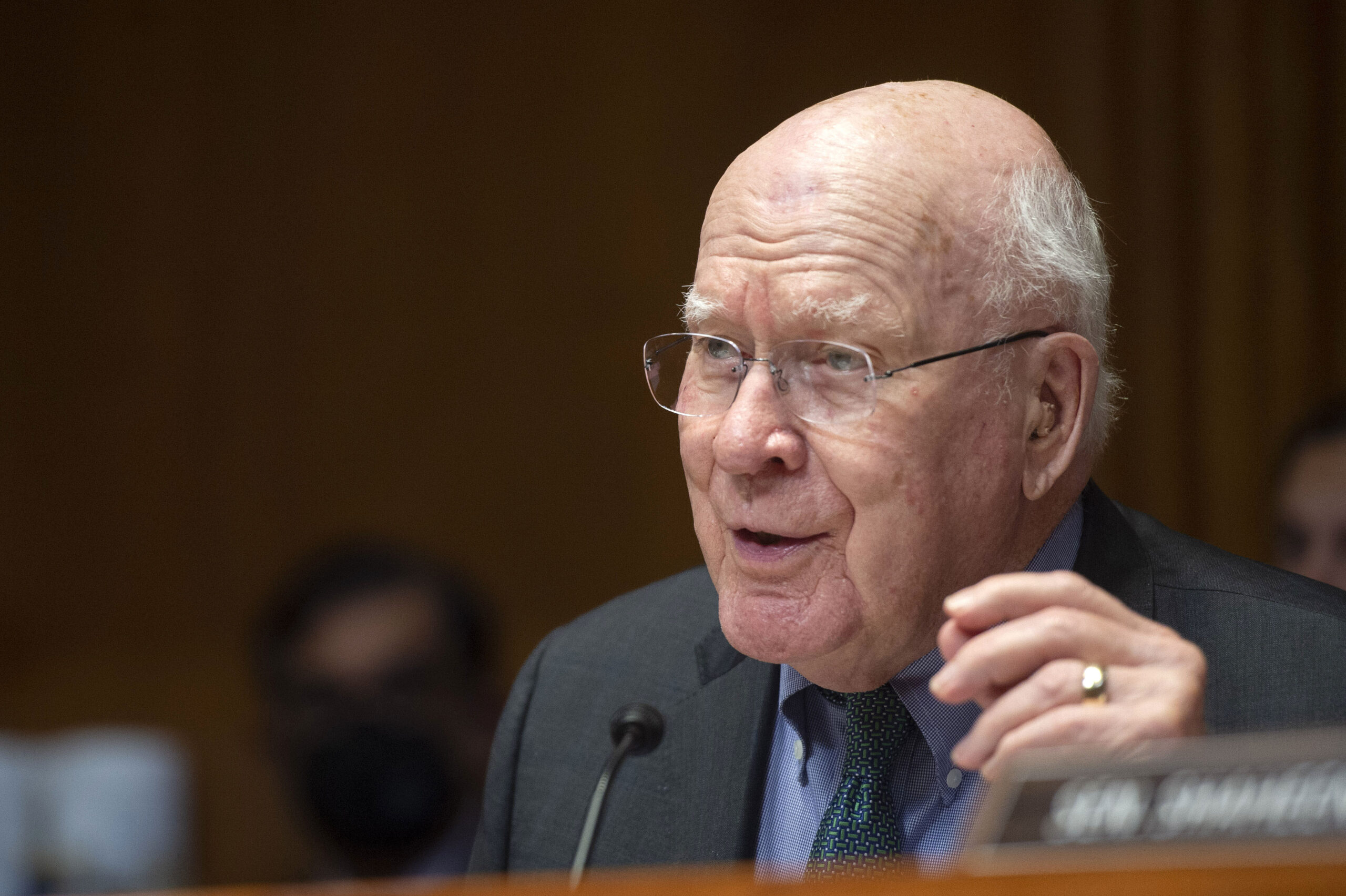
Senators call on USPTO to address pharma patent thickets before they start
Three Republican and three Democrat senators on Wednesday called on the US Patent and Trademark Office to attack pharma patent thickets before they start.
The letter points to these patent thickets, or “large numbers of patents that cover a single product or minor variations on a single product,” which can stifle competition. An example of such a thicket can be seen with AbbVie’s Humira, which has been protected by a fortress of more than 100 patents, allowing it to be marketed without competition for more than 20 years as the first biosimilar is coming from Amgen in Jan. 2023.
Unlock this article instantly by becoming a free subscriber.
You’ll get access to free articles each month, plus you can customize what newsletters get delivered to your inbox each week, including breaking news.